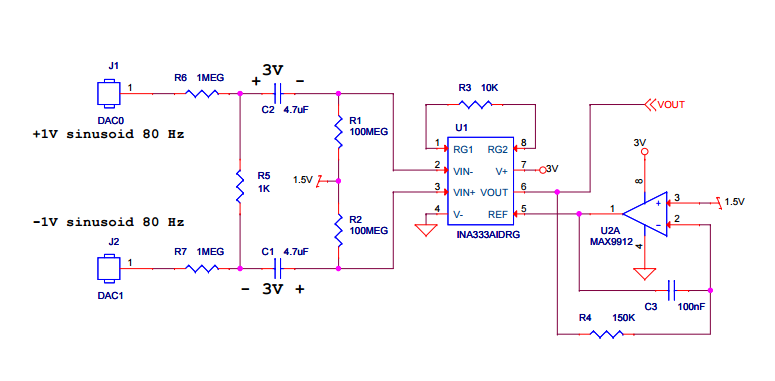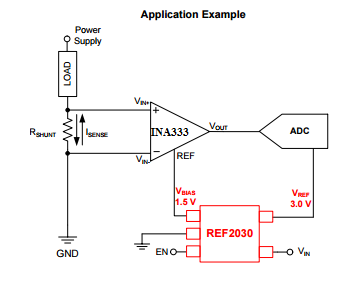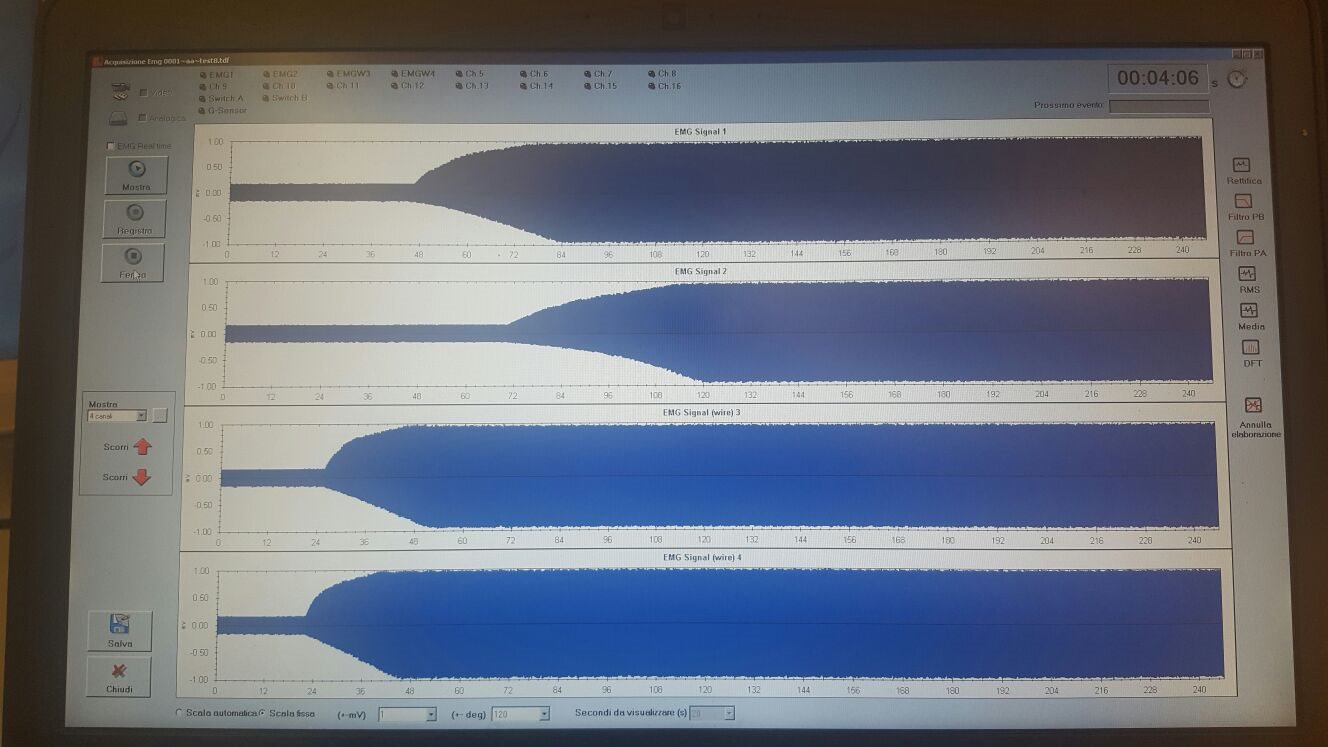Other Parts Discussed in Thread: REF2030
Hello,
I have the following circuit:
At power up the two input capacitors are charged as shown in the attached schematic. A 1 mV sinusoid is applied at input using two DACs generating 1 V in opposite phases and a differential 1/1000 attenuator.
I have two INA333A marked as:
I333A
TI 5CK
C58V
and two marked as:
I333A
3CK
A5E5
Their behavior at power un is shown in the photo: the upper two are the first mark type.
New Microsoft Word Document.docx
Is there any difference in the silicon release explaining such different behavior?
best regards,
Jacopo




